Lotte Lehmann & Her Legacy: Volume 2
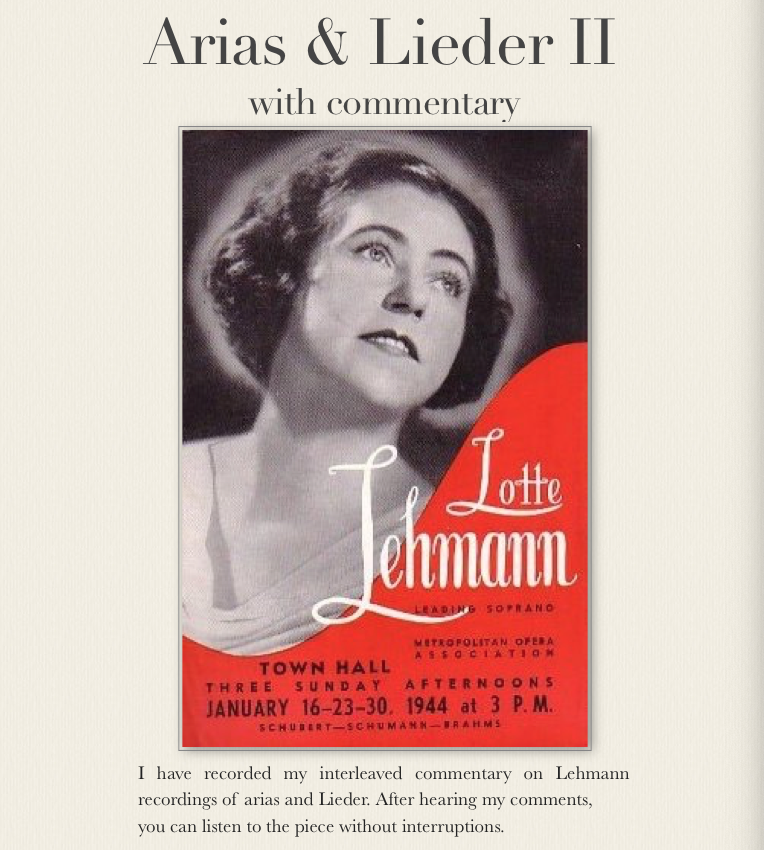
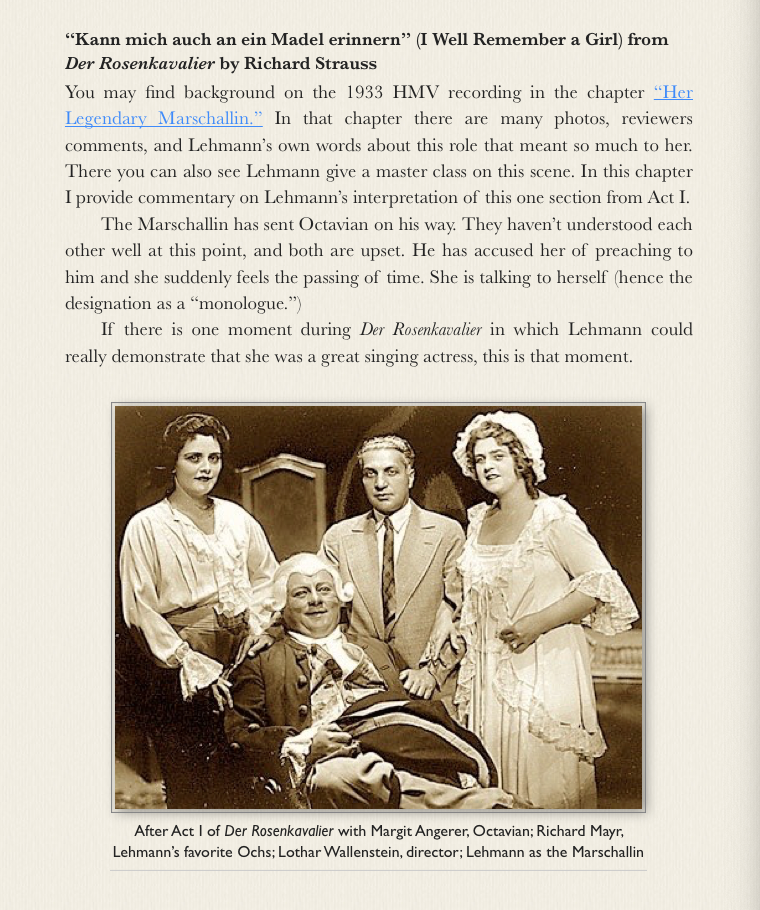


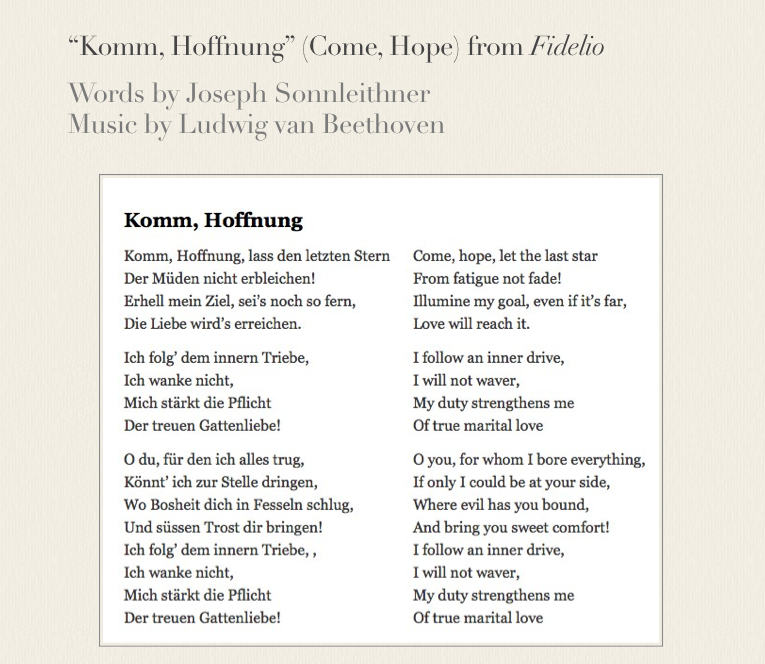
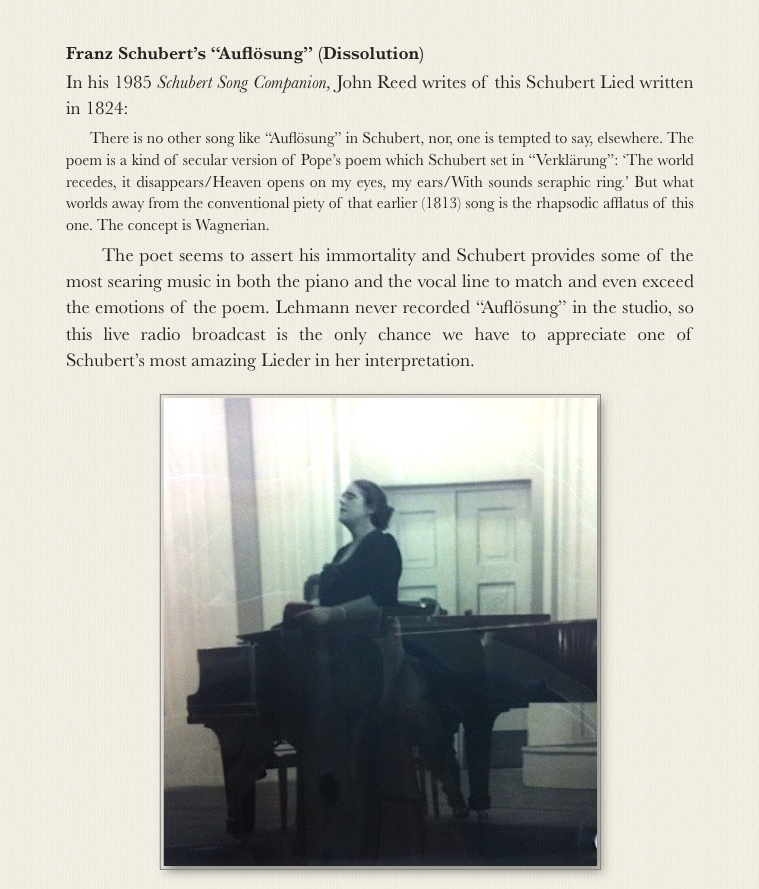
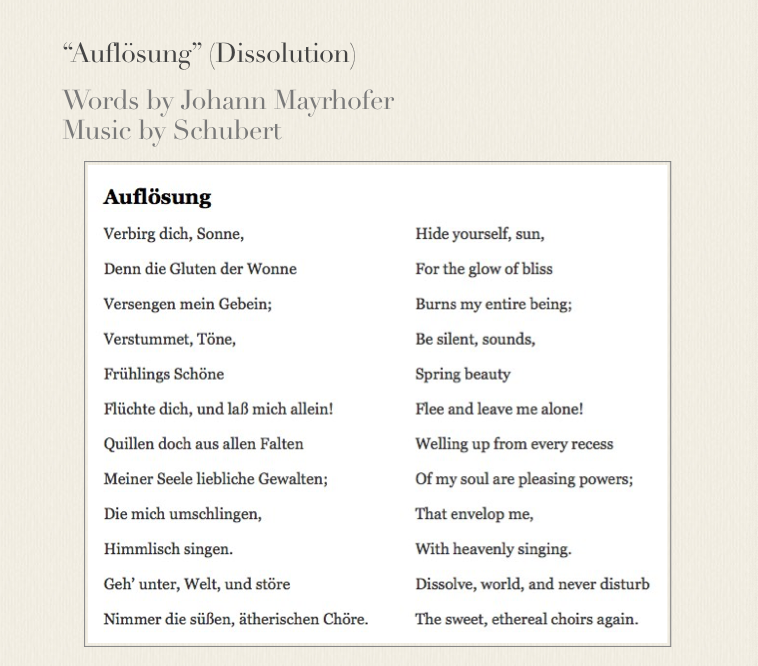
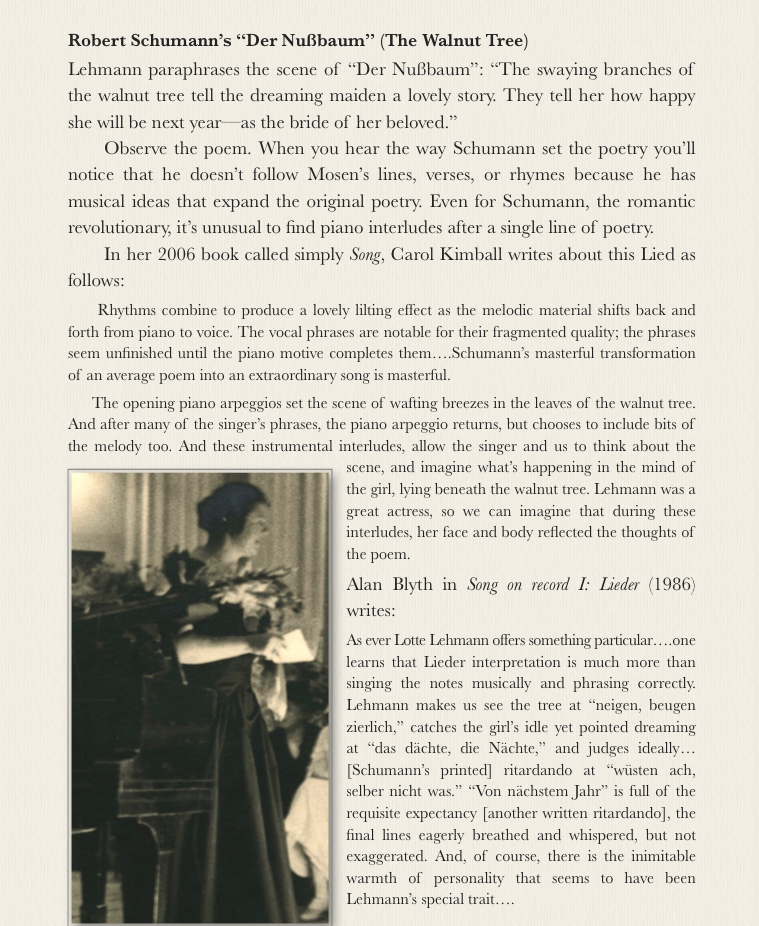
Lehmann frequently sang Schumann’s “Nußbaum” (like almost every other Lieder singer). It’s the perfect balance of nature, intimacy, and the advent of love and marriage.
There are three recordings of Lehmann performing “Der Nußbaum.” The 1928 Odeon version is the rare example for the time, of just hearing the Lied as Schumann wrote it, with no salon orchestra accompaniment. The pianist is Hermann Weigert, best known as a conductor. Lehmann’s voice is youthful sounding, but the quick tempo doesn’t allow her to make all of her interpretive choices. Although it’s an electric recording, the piano’s sound is metallic and distracting. It’s an interesting comparison, but not the version that I’ve chosen for the commentary.
Lehmann recorded it again in June 1941 for Columbia with Ulanowsky the pianist. It’s a very good recording but I’ve decided not to use it for the commentary which you’ll hear afterwards.
The one they performed for the Fall 1941 CBS radio broadcast series is rhythmically very wayward and the piano sound is not well recorded. Perhaps not believing that the performance would be heard more than the one broadcast, Lehmann and Ulanowsky allow the same impulsiveness and spontaneity that we expect from their live recitals. I delight in providing the commentary for this performance. We are lucky to have two performances recorded within a few months of each other offering history the opportunity to compare and analyze their efforts.

